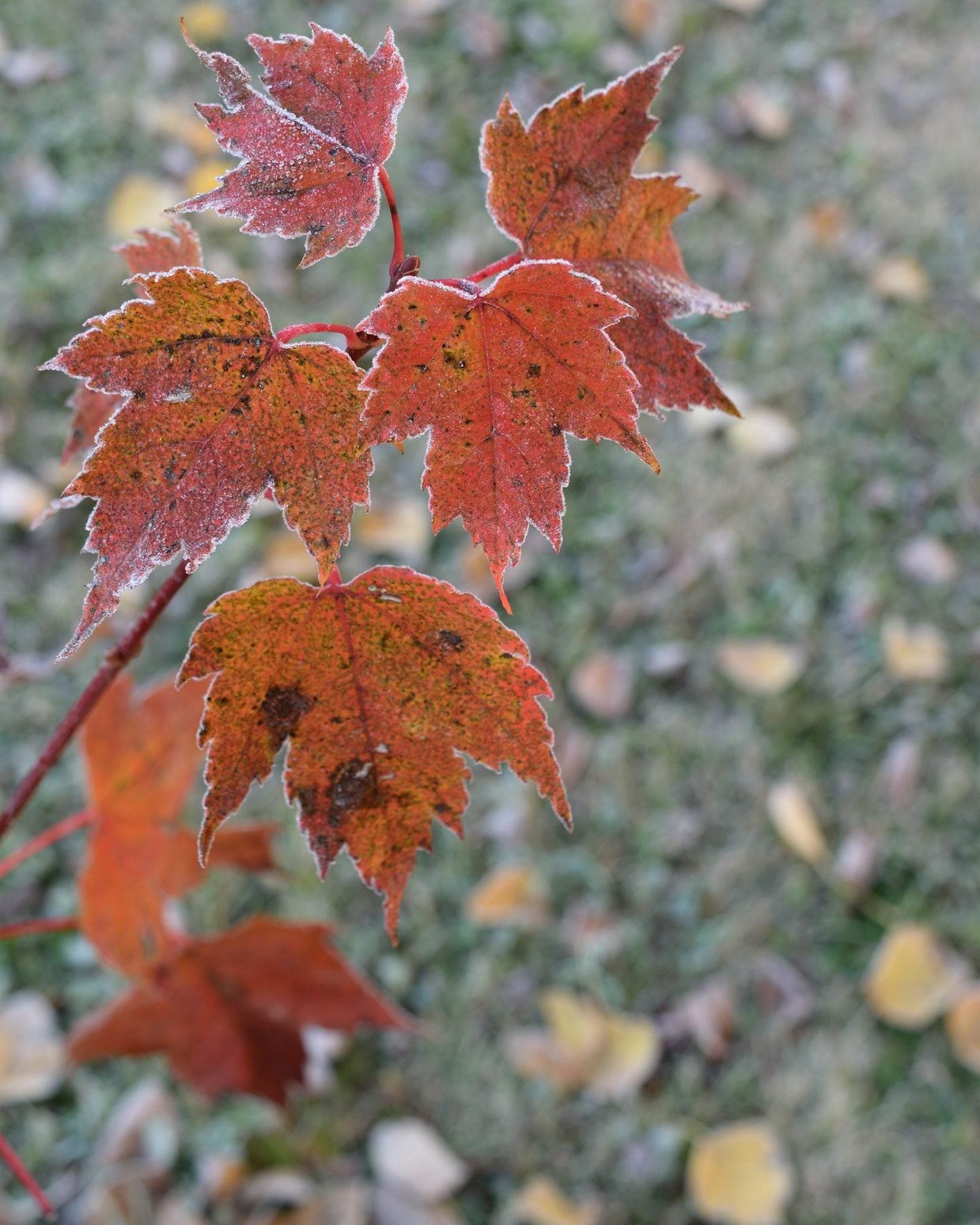Zone 3 Maple Trees: What Are The Best Maples For Cold Climates


A huge genus of trees, Acer includes more than 125 different maple species growing around the world. Most maple trees prefer the cool temperatures in USDA plant hardiness zones 5 through 9, but a few cold-hardy maples can tolerate sub-zero winters in zone 3. In the United States, zone 3 includes parts of South and North Dakota, Alaska, Minnesota, and Montana. Here is a list of a few of the best maples for cold climates, along with a few helpful tips on growing maple trees in zone 3.
Zone 3 Maple Trees
Suitable maple trees for zone 3 include the following: Norway maple is a tough tree suitable for growing in zones 3 through 7. This is one of the most commonly planted maple trees, not only because of its hardiness, but because it withstands extreme heat, drought, and either sun or shade. The mature height is about 50 feet (15 m.). Sugar maple grows in zones 3 through 8. It is appreciated for its spectacular autumn colors, which range from a shade of deep red to bright yellowish gold. Sugar maple can reach heights of 125 feet (38 m.) at maturity but generally tops out at 60 to 75 feet (18-23 m.). Silver maple, suitable for growing in zones 3 through 8, is a graceful tree with willowy, silver-green foliage. Although most maples like moist soil, silver maple thrives in moist, semi-soggy soil along ponds or creeksides. Mature height is about 70 feet (22 m.). Red maple is a fast-growing tree that grows in zones 3 through 9. It is a relatively small tree that reaches heights of 40 to 60 feet (12-18 m.). Red maple is named for its bright red stems, which retain color all year-round.
Growing Maple Trees in Zone 3
Maple trees tend to spread out quite a bit, so allow plenty of growing space. Cold hardy maple trees do best on the east or north side of buildings in extremely cold climates. Otherwise, reflected heat on the south or west side can cause the tree to break dormancy, placing the tree in jeopardy if the weather turns cold again. Avoid pruning maple trees in late summer and early fall. Pruning encourages new growth, which probably won’t survive the bitter winter cold. Mulch maple trees heavily in cold climates. Mulch will protect the roots and will prevent the roots from warming too quickly in spring.
Sign up for the Gardening Know How newsletter today and receive a free copy of our e-book "How to Grow Delicious Tomatoes".

A Credentialed Garden Writer, Mary H. Dyer was with Gardening Know How in the very beginning, publishing articles as early as 2007.